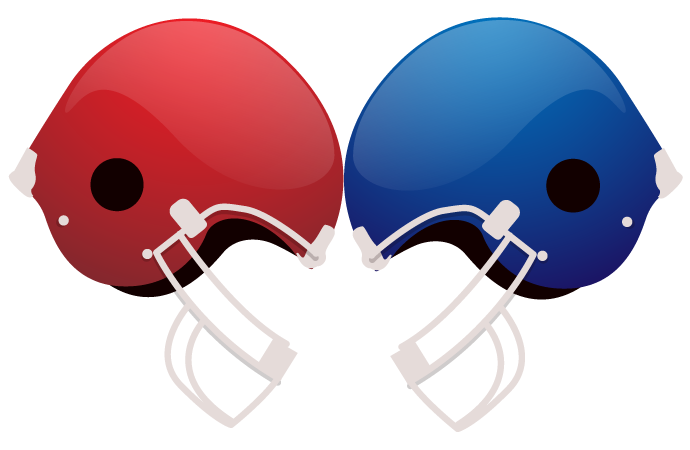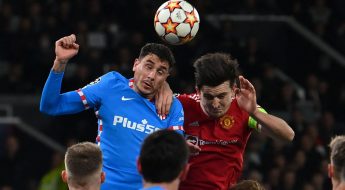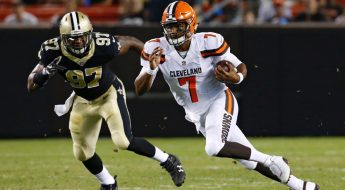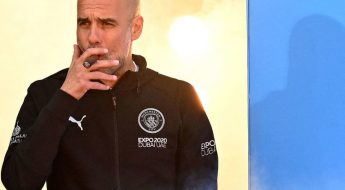Russell Wilson, Seahawks must find third-down solutions in 2017

Oftentimes when Seattle Seahawks coaches and players discuss the state of the offense, third-down efficiency becomes the focus.
Last season, the Seahawks struggled to extend drives, and the third-down issues factored significantly into the offensive inconsistencies. According to Football Outsiders, the Seahawks finished 20th in third-down efficiency in 2016 after finishing first the previous year.
Russell Wilson was 13th in YPA and 15th in yards per dropback last season. Just 38.5 percent of his third-down pass attempts (17th) netted first downs. In 2015, that number was 50.4 percent (third).
| Comp. pct. | YPA | Yds/drop back | Sack pct. | Pressure pct. | |
|---|---|---|---|---|---|
| 2015 | 67.20 | 9.02 | 7.13 | 9.10 | 33.50 |
| 2016 | 56.10 | 7.38 | 6.17 | 7.60 | 41.50 |
Pass protection was obviously an issue. In 2016, Wilson was pressured on 41.5 percent of his dropbacks (second-most). In 2015, it was 33.5 percent (17th). Wilson’s limited mobility, combined with bad offensive line play, produced poor results on third-and-long, specifically.
In 2015, the Seahawks ranked first in DVOA on third-and-long (7 yards or more). Last season, they dropped down to 18th.
Of course, short yardage was actually worse. The Seahawks ranked 25th in DVOA on third-and-short (3 yards or fewer), reflecting in part their inability to run the ball effectively.
The passing numbers by target are worth zeroing in on:
Tyler Lockett was only at 30.4 percent. Lockett played through multiple injuries in his second season. As a rookie, he led Seahawks receivers by catching 77.3 percent of his third-down targets, and 68.2 percent of his targets resulted in first downs.
Meanwhile, Jermaine Kearse’s third-down numbers were among the worst in the league this season. Among 144 qualifying players, Kearse had the worst catch rate (26.3 percent) in the NFL on third down. Wilson targeted Kearse less (on 12.3 percent of his routes) on third down than the other players, and the pair struggled to connect all season long. It’s worth noting that in the previous four years, Kearse caught 56.3 percent of his third-down targets and converted 45.8 percent of his targets into first downs. The Seahawks have to hope he can bounce back in 2017.
Seattle has several areas to hone in on to improve its third-down efficiency next season. The offensive line has to be better — both in protection and on short-yardage runs. A healthier Wilson will make a difference. And the coaches have to make sure they have the right personnel on the field.
When the Seahawks return to practice in a couple months, Pete Carroll and the coaches will emphasize third-down improvement as much as ever.






